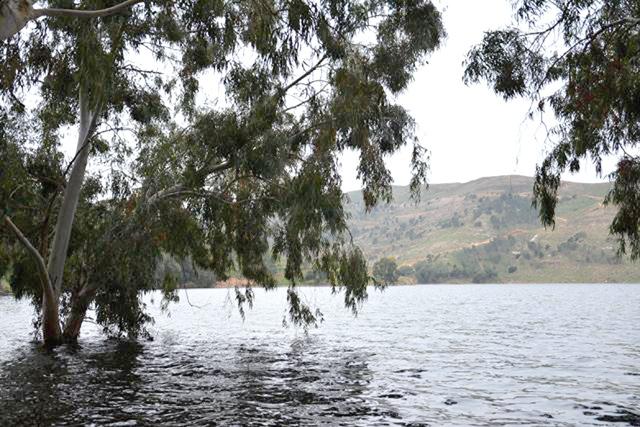- Local News
- Sun-2021-02-28 | 02:48 pm

The Jordan Strategy Forum (JSF) has recommended expanding projects related to water treatment to increase supply of water for agricultural uses.
In a policy paper, titled "Drivers for agriculture sector growth: what is required to promote self-sufficiency?” issued on Saturday, the forum called for focusing on treated water quality to suit crop requirements, as well as improving water resources management to reduce water losses via redesigning water systems and replacing old meters with smart ones.
The JSF also identified several major drivers for the desired growth in the agriculture sector, highlighting five key elements: Arable land, water resources, investments and the impacts of technology in the industry, as well as the characteristics of human resources working in the sector.
The paper also highlighted the importance of establishing an agricultural body to be affiliated with the National Agricultural Research Centre to study crop productivity, especially wheat and barley, as well as to provide technical support for farmers at the lowest cost.
The Kingdom’s agricultural pattern is random, given that landholders of less than 10 dunums constitute 74 per cent, which complicates organising farmers under a single comprehensive legislative umbrella, according to the paper cited by the Jordan News Agency, Petra.
Irrigated agriculture constitutes 40 per cent of the Kingdom’s cultivated lands, the paper revealed, highlighting that the limited water resources would increase future challenges in case agricultural projects expanded, adding that farming in the Jordan Valley depends entirely on irrigation.
The agricultural sector's share of non-renewable water resources is estimated at 20 per cent, the paper added, noting that in comparison with tourism and industrial sectors, the agriculture sector is the least productive when it comes to water revenue per cubic metre of water consumed.
The paper also pointed out that agriculture sector’s share of investments and financing is still small when compared with construction, trade and industrial services, adding that the total value of bank loans made to the agriculture sector constituted 1.2 per cent of the total banking facilities in 2019. As per the banks classification, agriculture sector is considered among high-risk industries.








